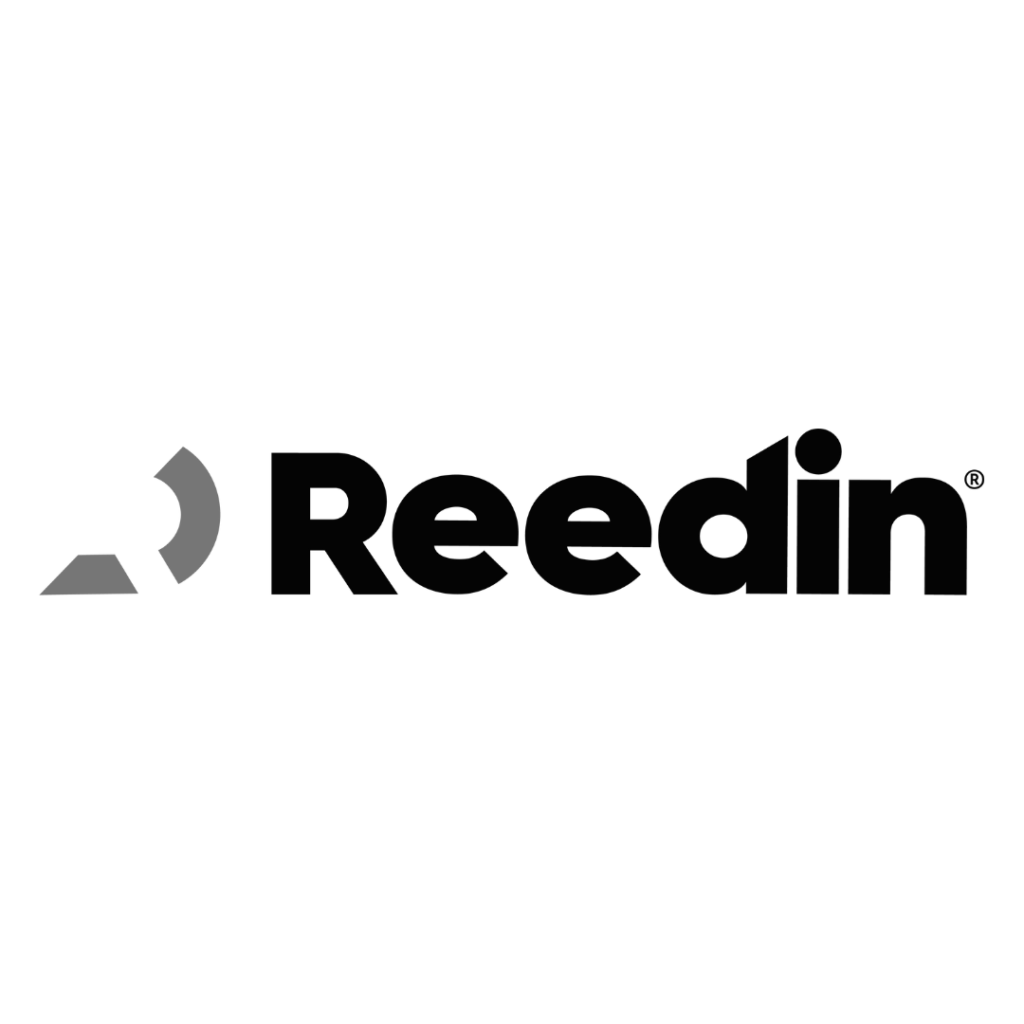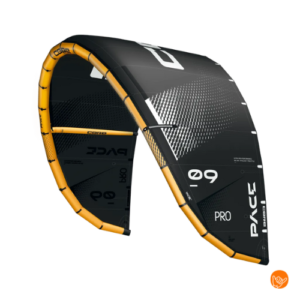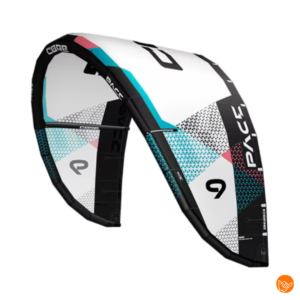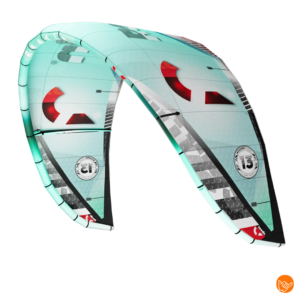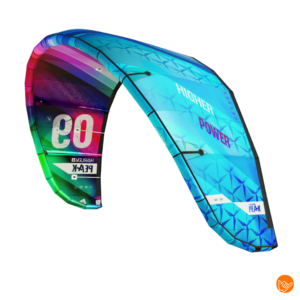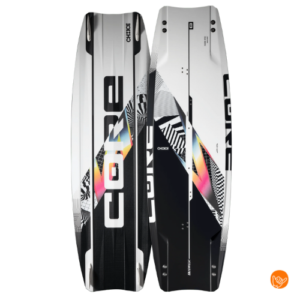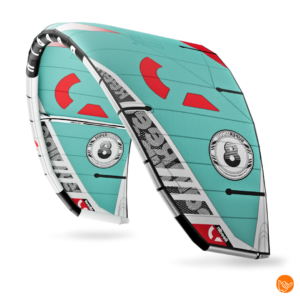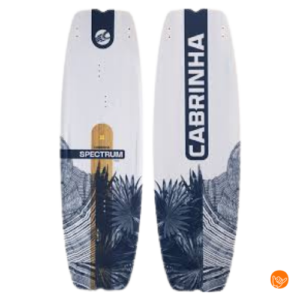For kitesurfers, there are several types of boards available for rental, each designed for specific riding styles and conditions. From twintip boards for beginners to foil boards for the advanced, the rental range offers access to premium equipment without the high cost of purchase. Kitegear rental gives you the flexibility to try out different board types and find the perfect match for your level and preferences.
What types of kiteboards can you rent and what are the differences?
There are four main categories of kiteboards available for rental: twintip boards, directional boards, foil boards and surf-style boards. Each type has unique features suitable for different riding styles, weather conditions and skill levels. The choice depends on your experience and where you want to kitesurf.
Twintip boards are the most popular choice for beginners and recreational kitesurfers. These symmetrical boards can be used in both directions without flipping over. They offer good stability and are versatile in different wind conditions. Most twintips have a light rocker and flexible construction for comfortable sailing.
Directional boards resemble surfboards and are designed for one direction of riding. They perform excellently in waves and offer a more surfy riding feel. These boards usually have a pointed nose and wider tail, providing better wave performance and upwind capabilities.
Foil boards combine with a hydrofoil under the board for a flying experience above the water. They work even at low wind speeds and offer a unique, almost silent riding experience. Foiling does require more technical skill and balance.
Surf-style boards are specifically designed for use in waves without footstraps. They offer maximum maneuverability and an authentic surfing experience, but require advanced skills to use effectively.
How do you choose the right kiteboard size for your weight and skill level?
The right board size depends on your body weight, skill level and riding preferences. Beginners usually need a larger, wider board for extra stability, while advanced riders can use smaller boards for more maneuverability. As a rule of thumb, the heavier you are, the bigger the board should be.
For beginners it is recommended to start with a board between 140-160 cm in length, depending on your weight. A wider board (38-42 cm) offers more stability while learning. This helps with waterstart exercises and gives confidence on the first rides.
Advanced kitesurfers can opt for smaller boards (130-145 cm) that are more responsive and provide better performance for tricks and jumps. A narrower board (36-40 cm) gives more control and speed, but requires more balance and technique.
Your weight plays a crucial role in the size order. Riders under 70 kg can often get by with smaller boards, while heavier kitesurfers (over 80 kg) need more volume and surface area for sufficient buoyancy and stability.
The wind conditions in which you usually kitet also influence the ideal board size. In lighter winds you need more board area to plan, while in strong winds a smaller board is more controllable.
What are the advantages of kiteboard rentals versus buying?
Kiteboard rentals offer significant advantages over buying, especially for recreational kitesurfers. You have access to the latest models without high purchase costs, no worries about maintenance and storage, and the flexibility to try out different boards. A subscription model makes premium gear accessible to any kitesurfer.
The cost-effectiveness is a major advantage of rental. A new kiteboard costs between €400-800, while via rental you have access to multiple boards for a fraction of this amount. This is especially interesting if you don't kitet every week or are still experimenting with different board types.
With rentals, you always have access to the latest technologies and innovations. Manufacturers release new models with improved features every year, and through a rental service you can try them out immediately without a large investment.
Maintenance and repairs are completely eliminated at rental. Boards can be damaged by normal wear and tear, stones on the beach or transportation. With rentals, you don't have to worry about this because maintenance and repairs are included.
Storage is a practical advantage, especially for kitesurfers without a garage or storage. Kiteboards take up quite a bit of space and need to be kept dry and safe. With rentals, you can simply return the equipment after use.
The flexibility to switch between different boards is perhaps the biggest advantage. You can use a twintip for normal conditions, try a foil board in light winds, or test a surf-style board in the waves.
What top brands and models are available in the rental range?
The rental range includes boards from renowned brands such as Duotone, North, Cabrinha, Core, and Slingshot. These manufacturers are known for their quality, innovation and reliability. Each brand has its own specialties and technologies that serve different riding styles and preferences.
Duotone is known for their excellent twintip boards such as the Jaime and Select series. These boards combine ease of use with high performance and are suitable for both beginners and advanced riders. Duotone's construction techniques ensure durable boards with consistent flex patterns.
North offers innovative boards such as the Atmos and Pro series, known for their responsiveness and pop for freestyle riding. Their boards often have unique construction features such as carbon rails and special flex zones for optimal performance.
Cabrinha focuses on versatile boards that perform well in a variety of conditions. Their Spectrum and Ace models are popular for their reliable performance and user-friendly features.
Core is known for premium boards with advanced materials and construction techniques. Their Choice and Fusion series offer excellent performance for advanced riders who want to get the most out of their sessions.
Slingshot combines innovative design with accessible prices. Their boards such as the Misfit and Coalition series are known for their durability and good value for money.
When choosing a make and model, it's important to consider your driving style, level and preferences. Putting together kitegear gives you the opportunity to try out different brands and discover which one suits you best, without making a big investment right away.
Choosing kiteboard rentals opens up a world of possibilities for any kitesurfer. Whether you are a beginner looking to try different board types, or an experienced rider wanting access to the latest innovations, rentals offer the flexibility and cost-effectiveness to enjoy your kite sessions to the fullest. With access to premium brands and models, you can always choose the right board for the conditions and your mood that day. For more information about our services you can always Get in touch with us.







